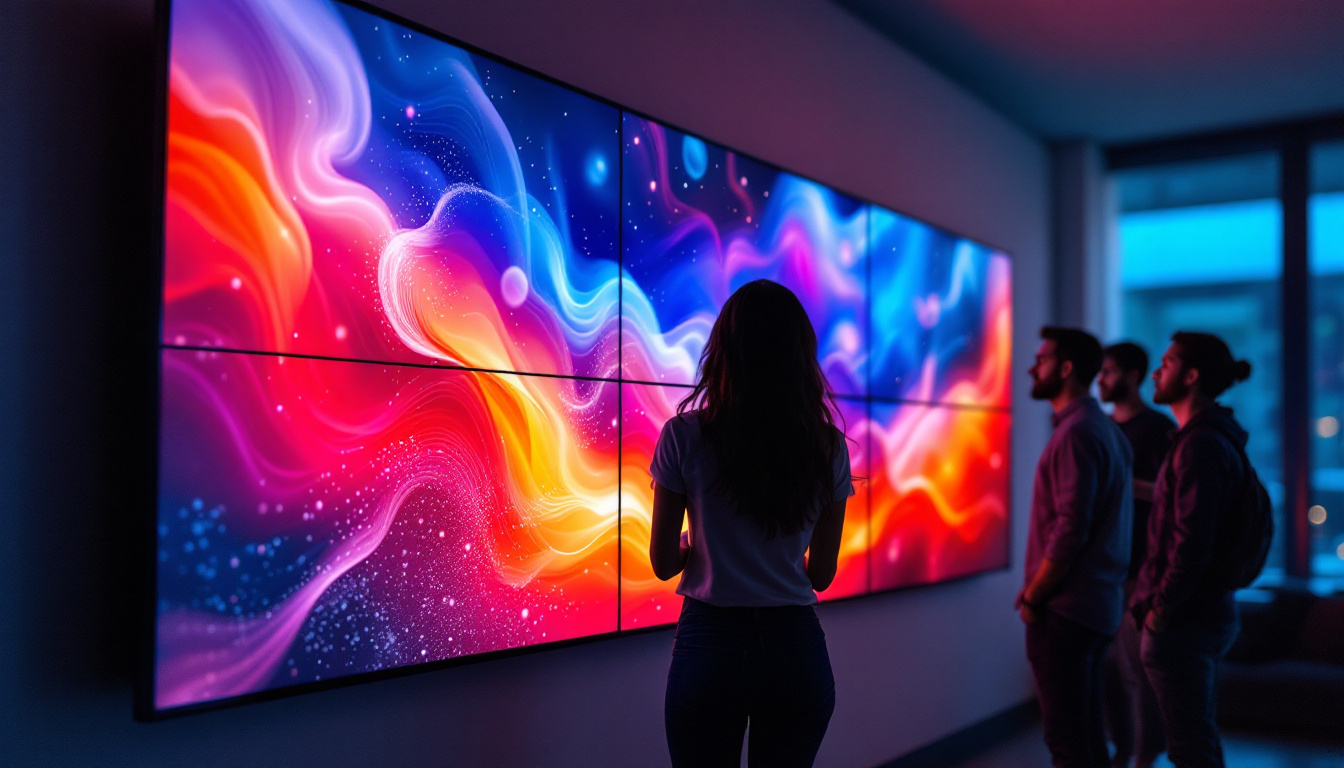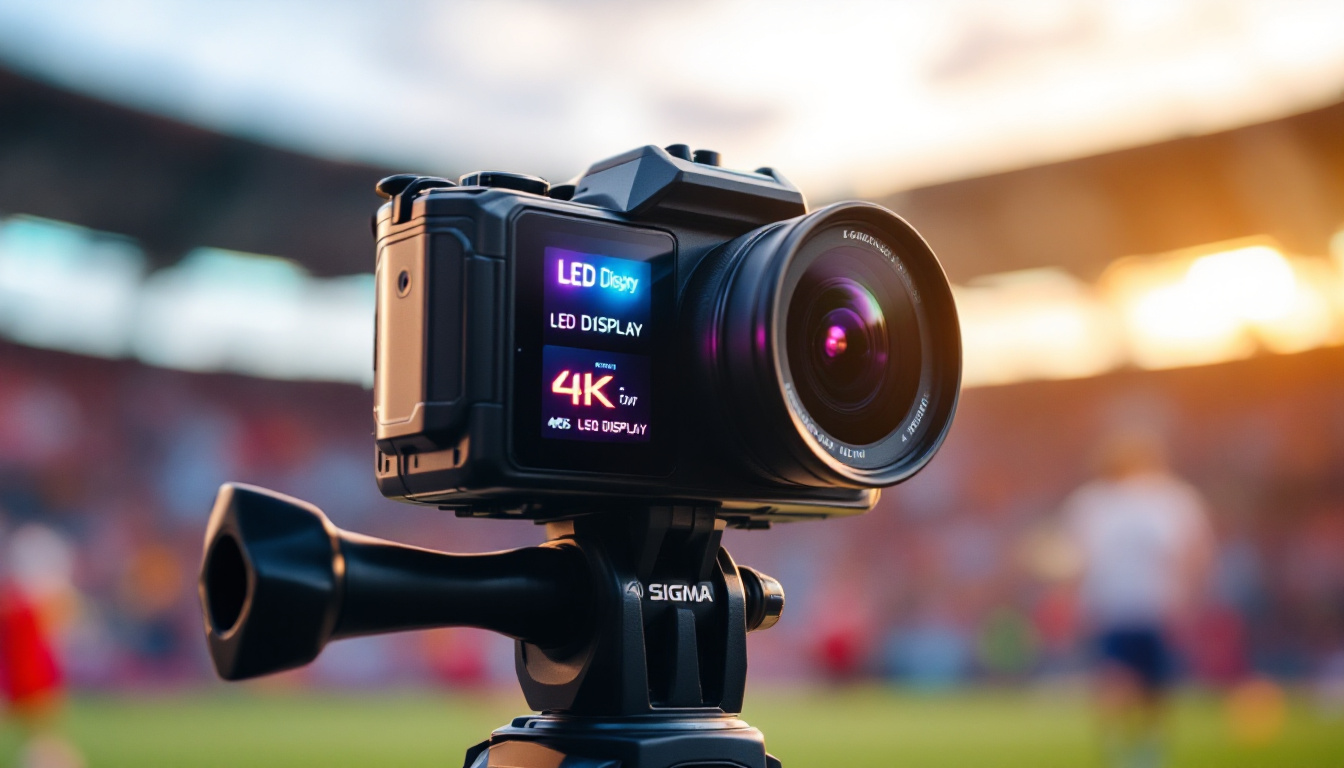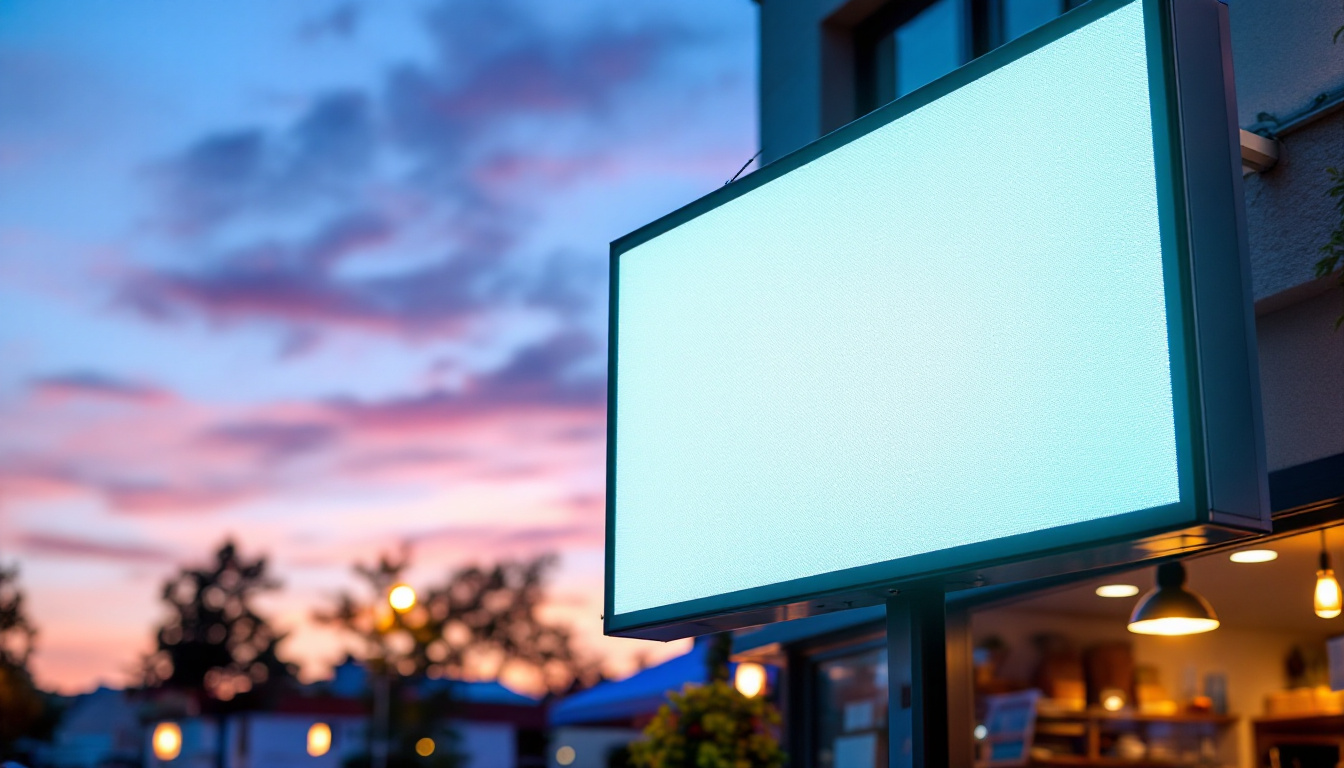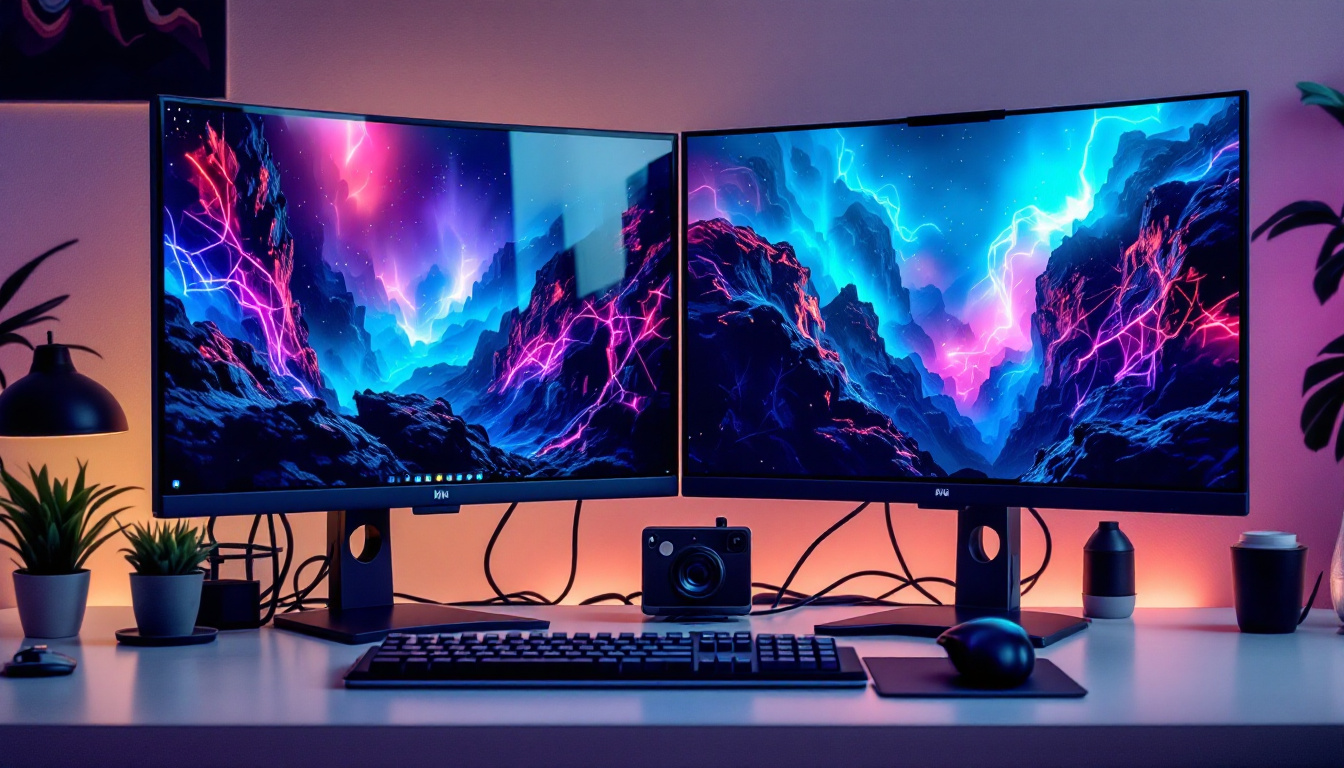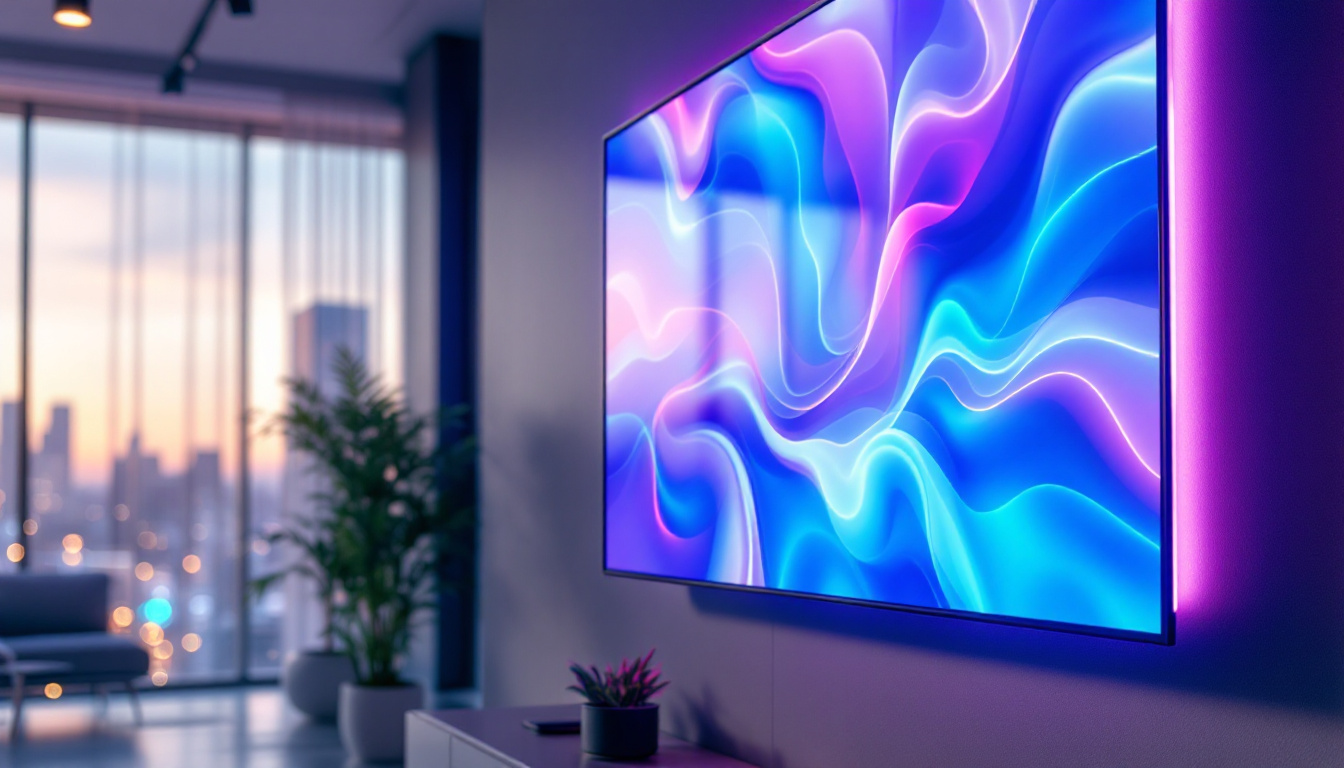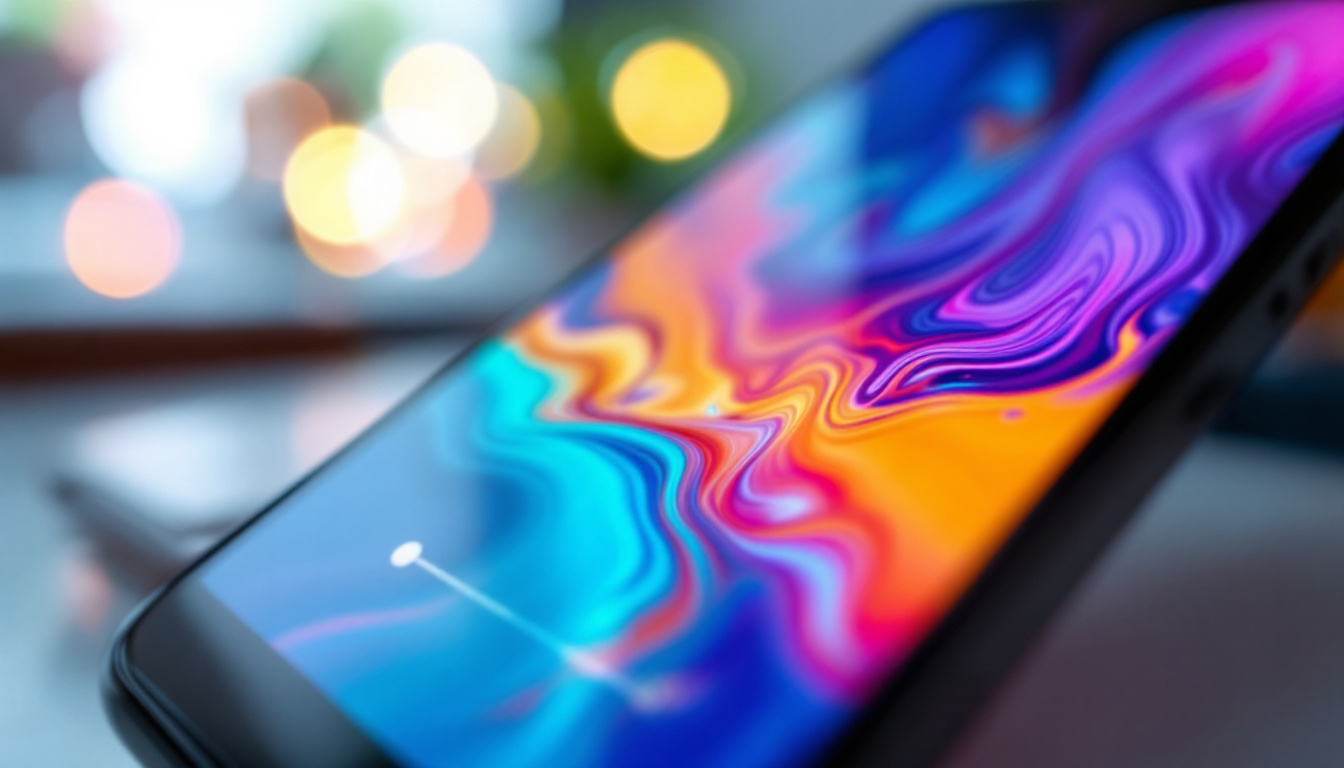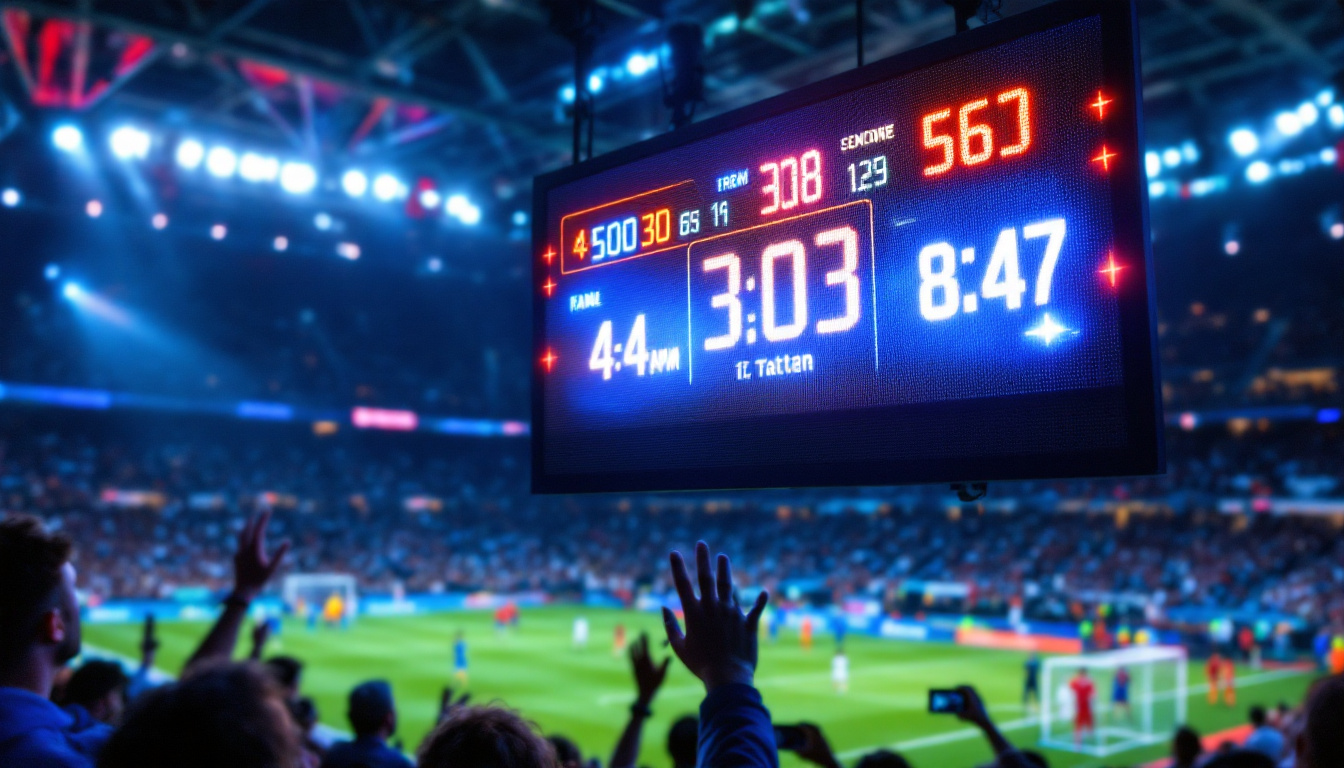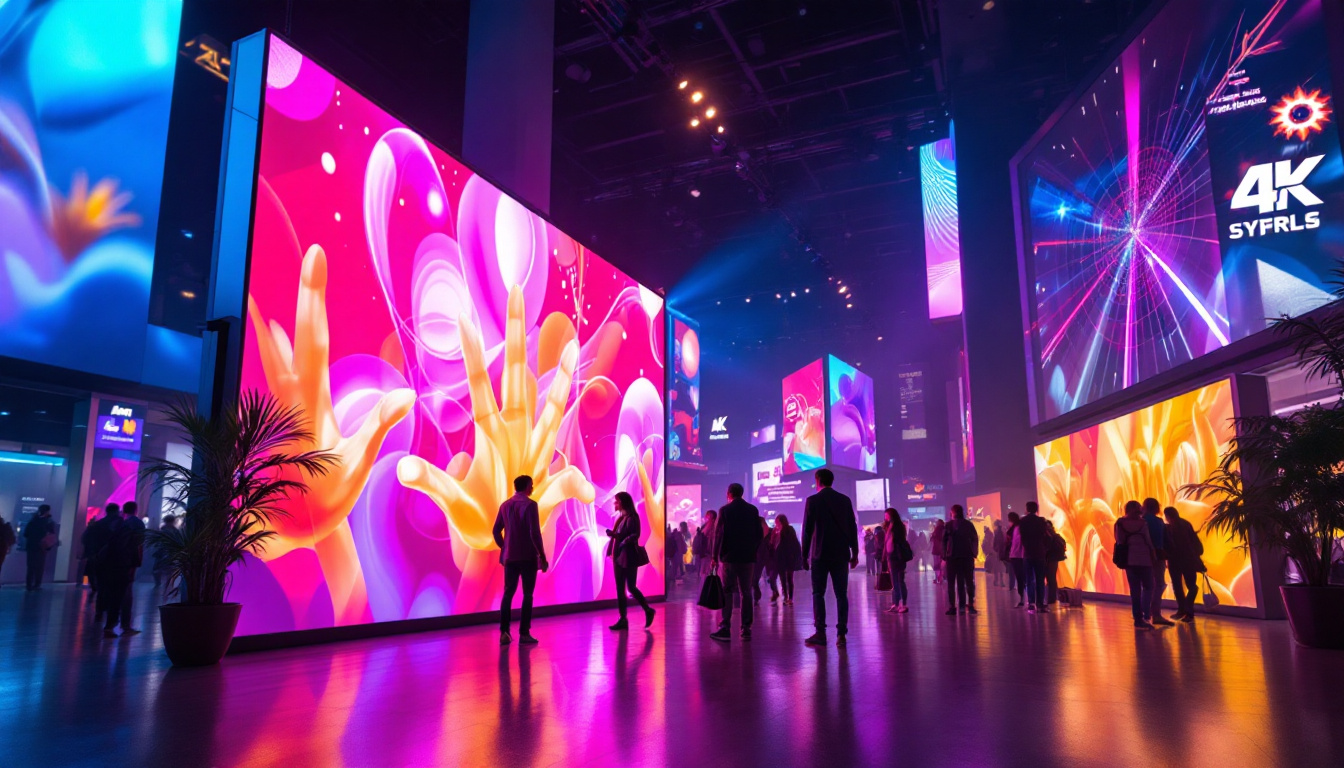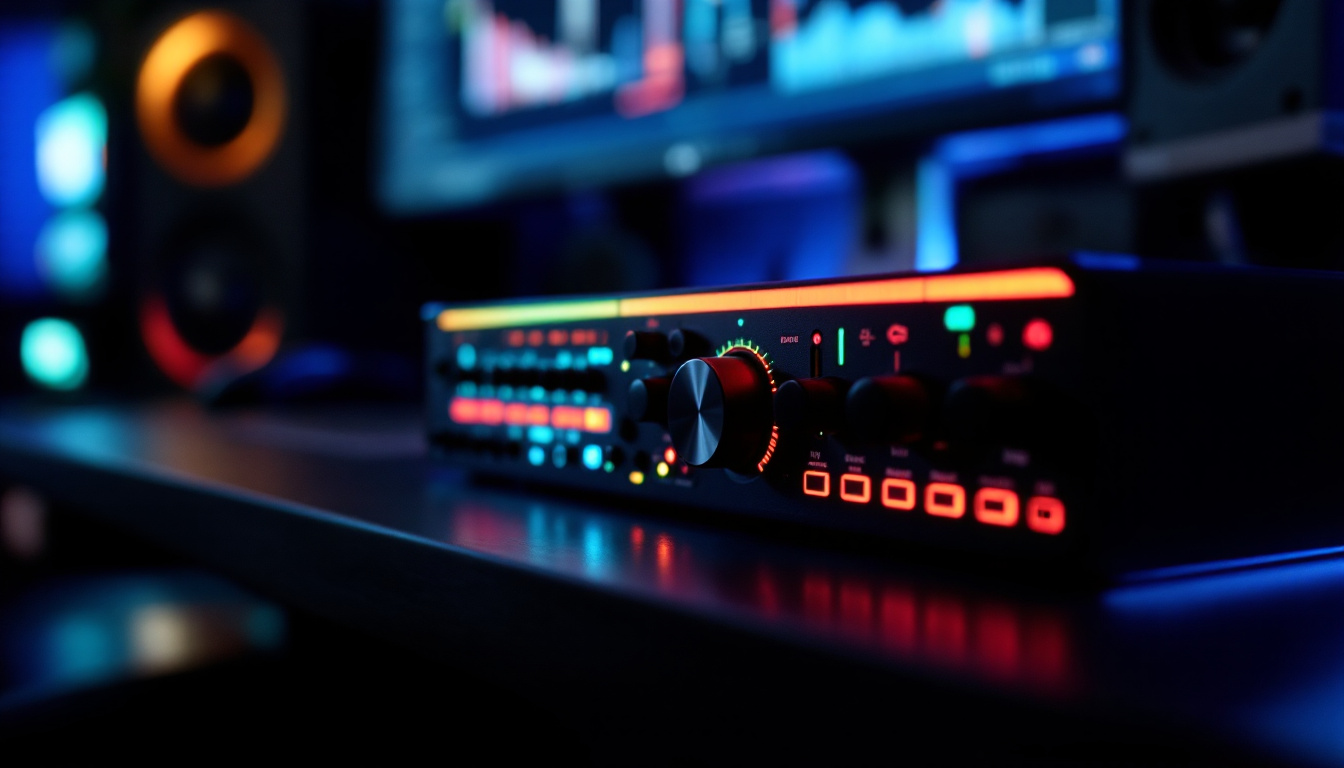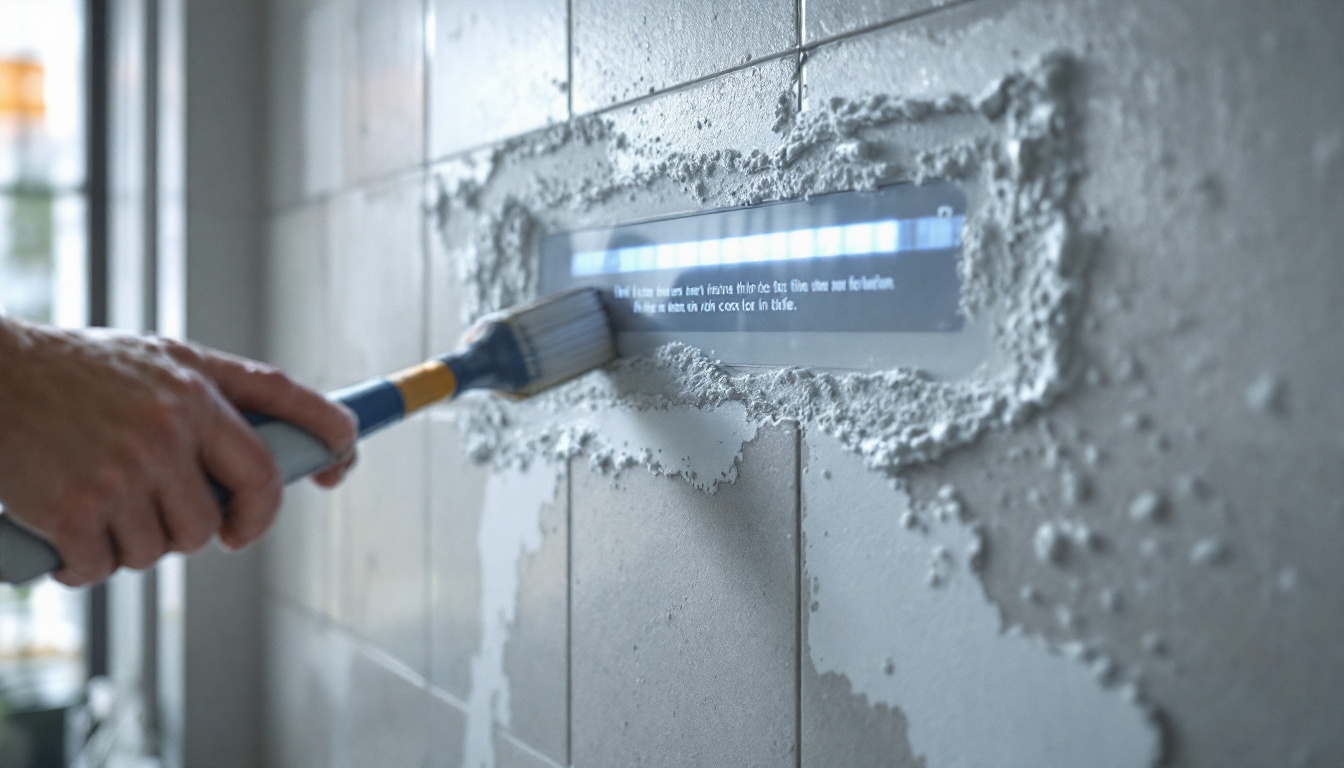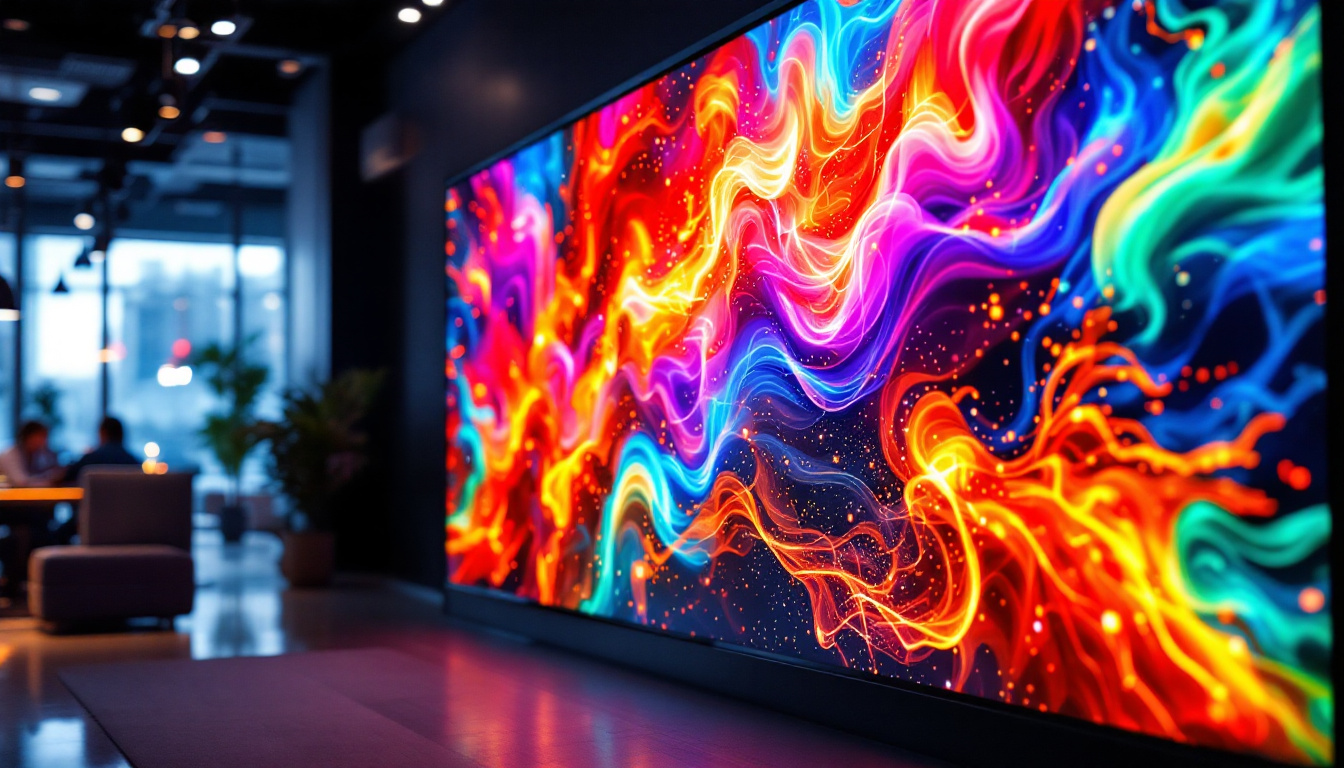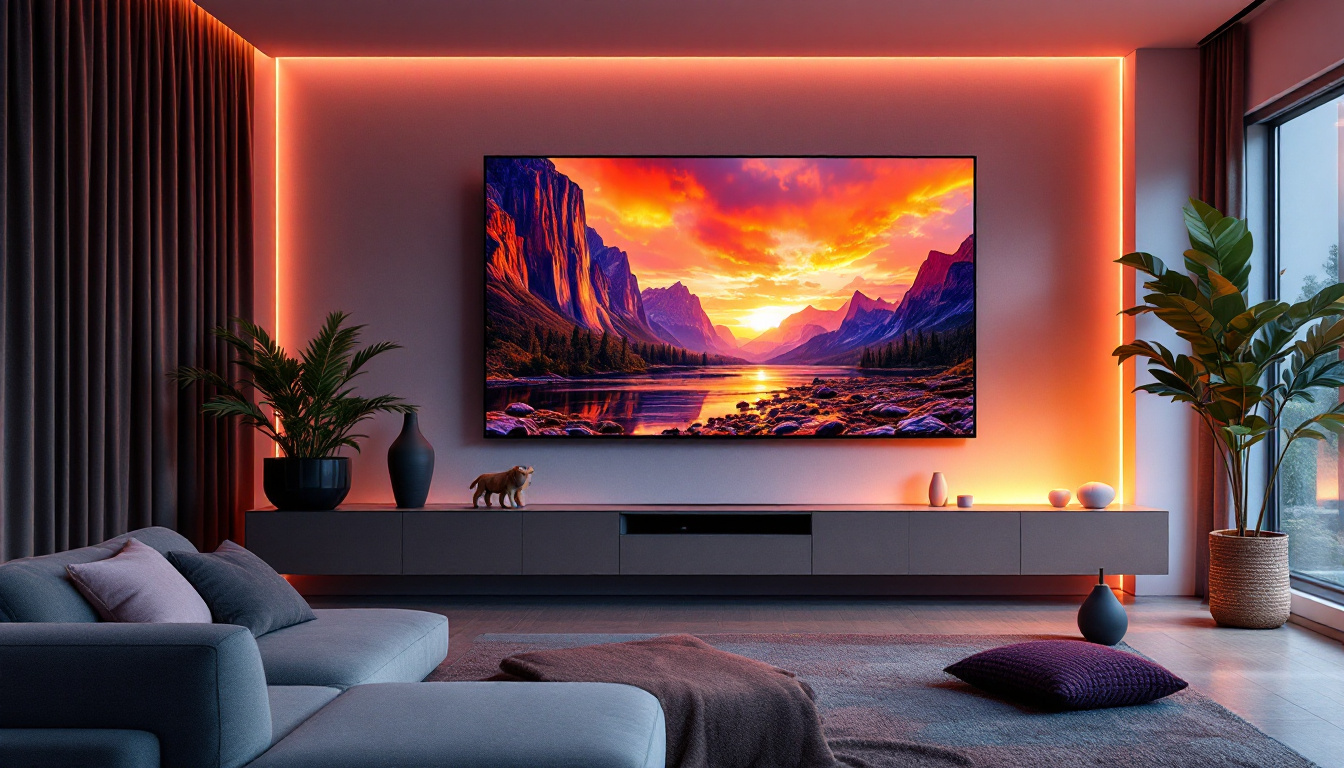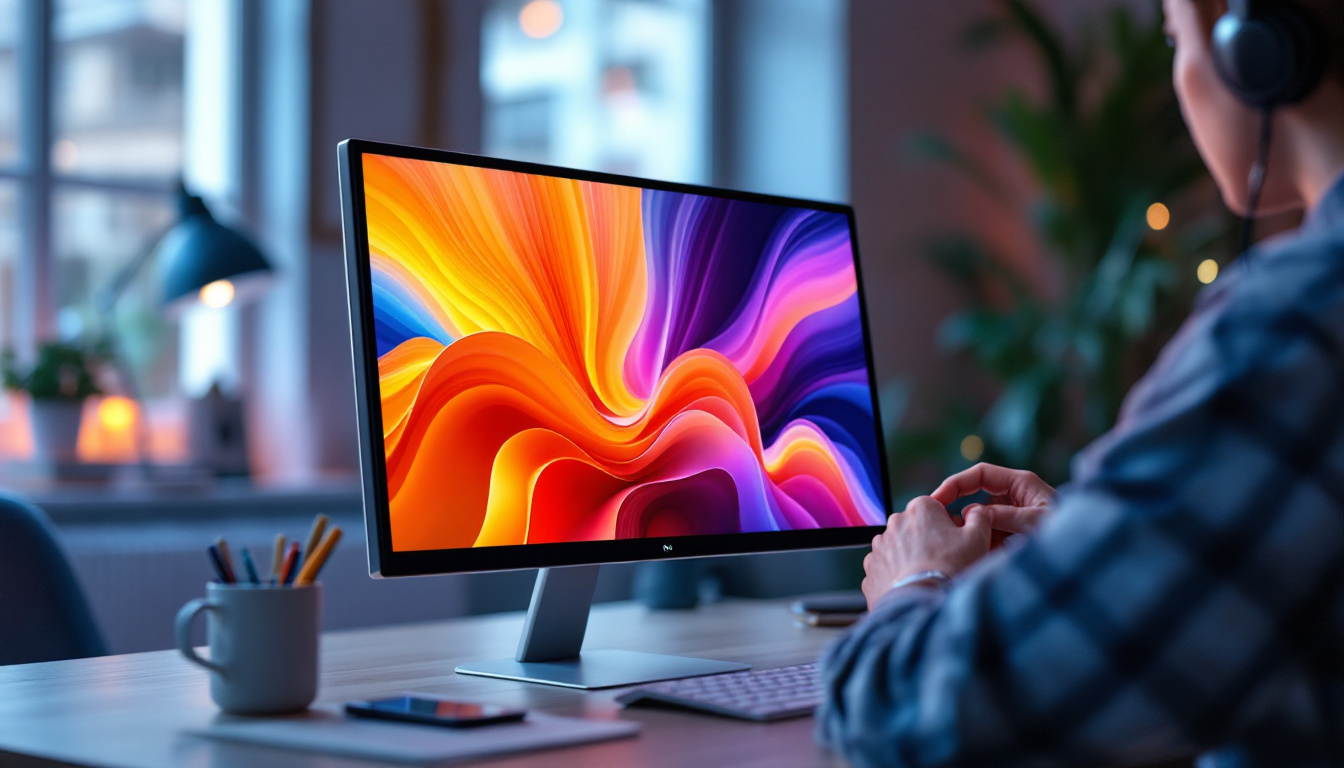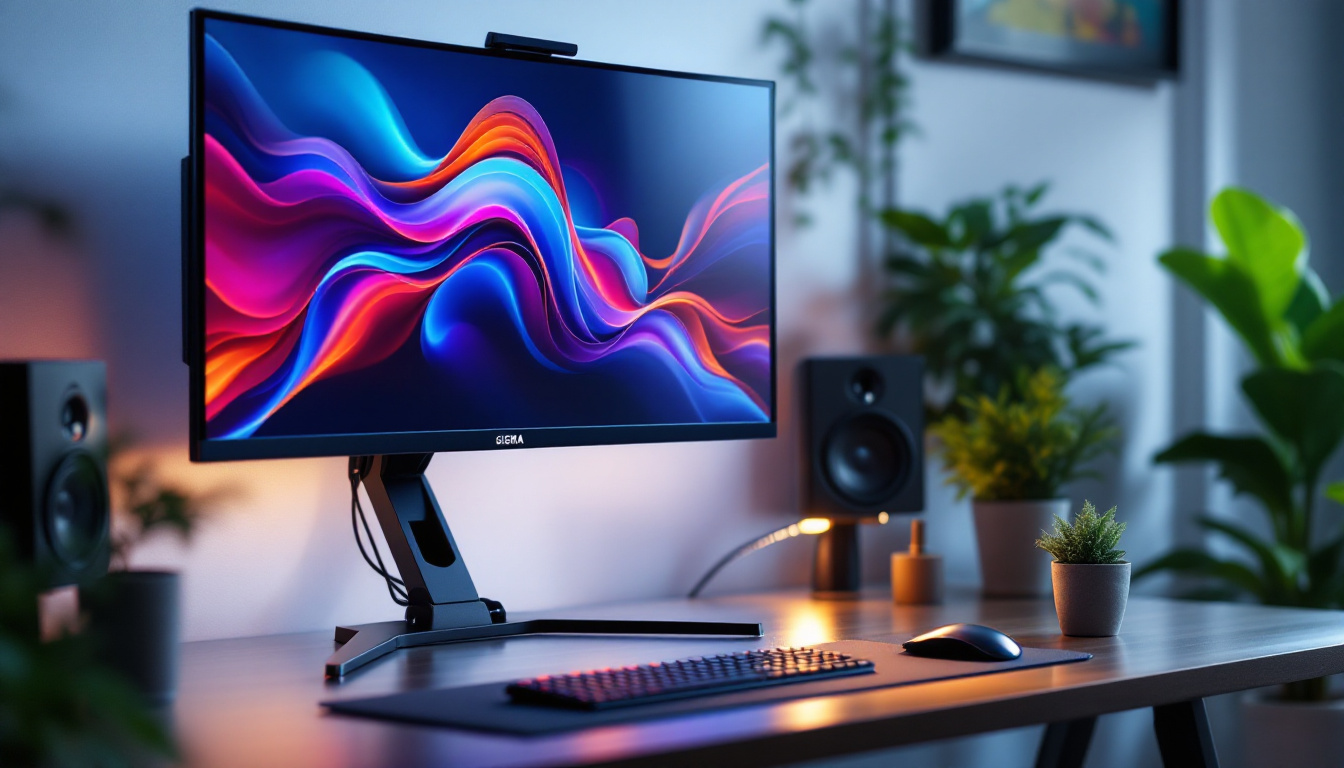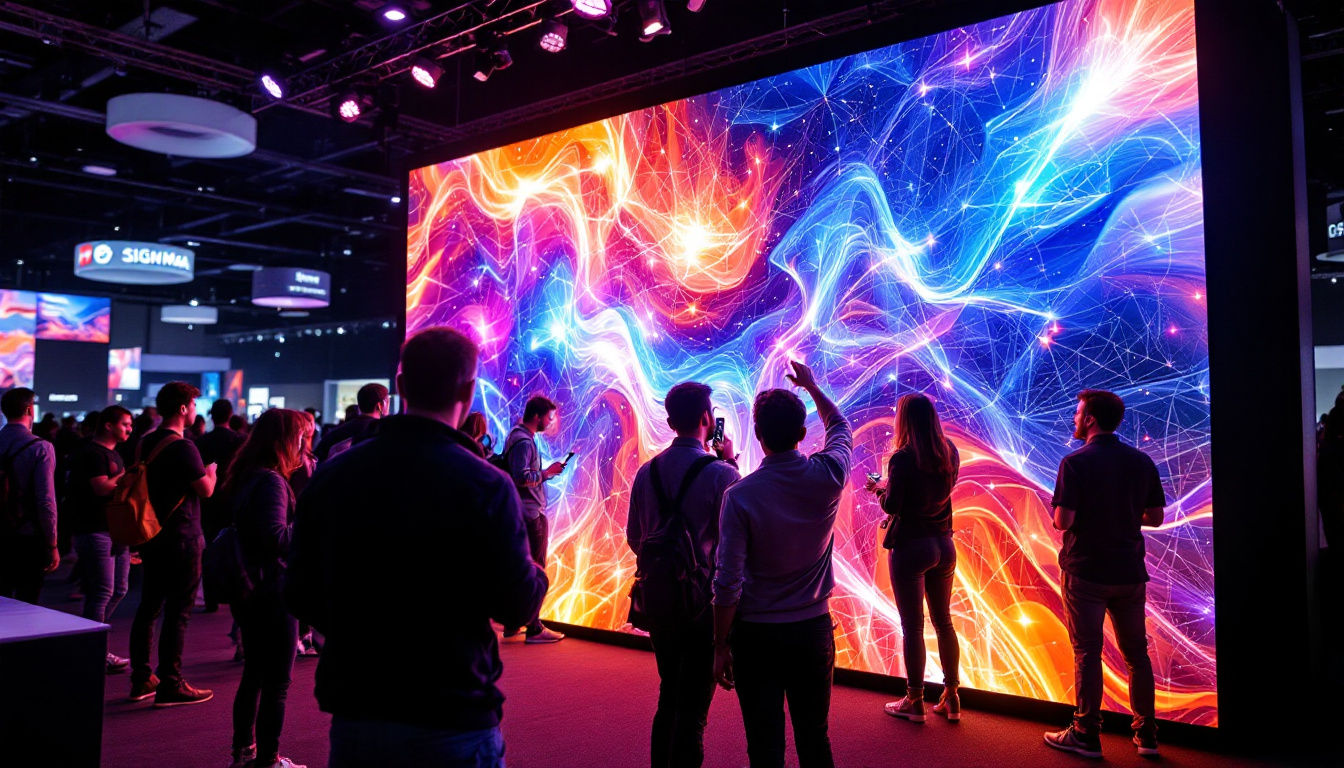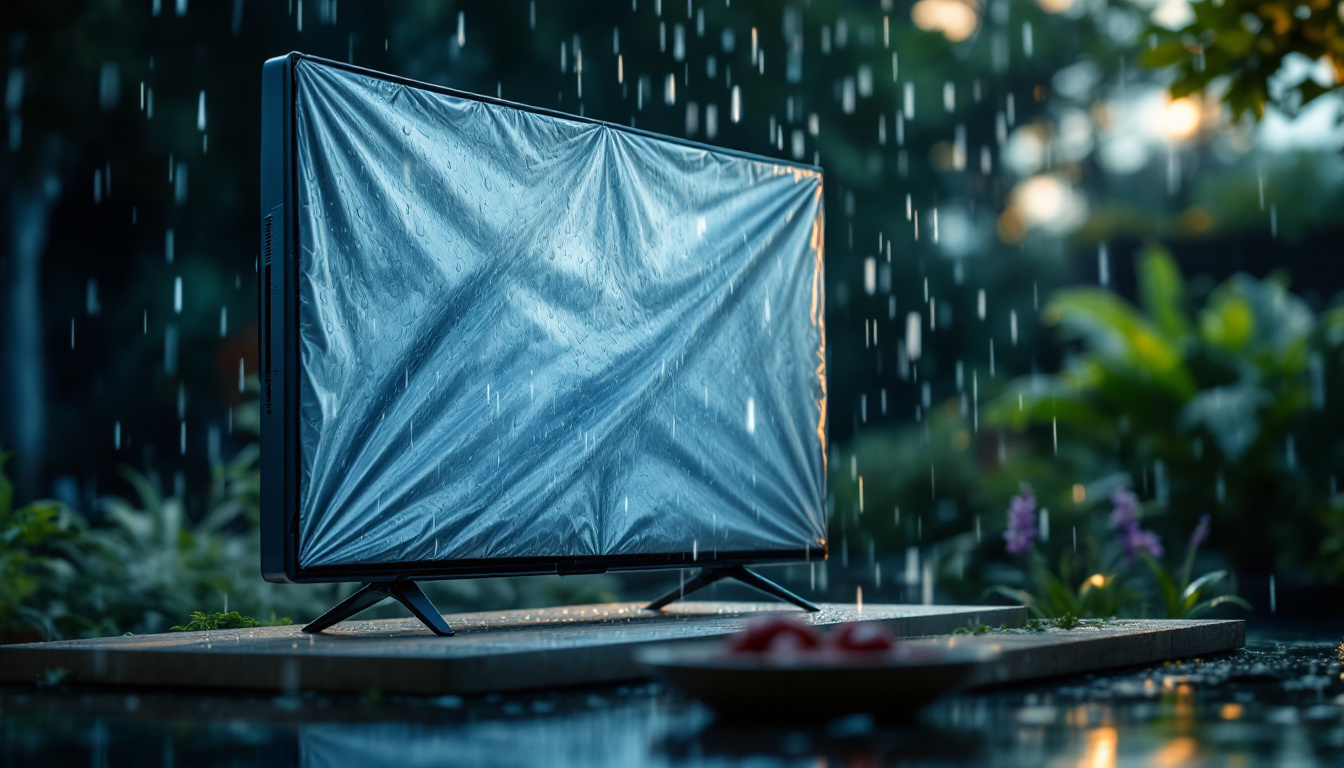Thin Bezel PC Monitor: LED Display Explained
In the ever-evolving world of technology, the quest for a more immersive visual experience has led to the development of thin bezel PC monitors. These sleek displays not only enhance aesthetics but also contribute to improved functionality. This article delves into the intricacies of thin bezel monitors, particularly focusing on LED technology, and explores their advantages, applications, and what to consider when purchasing one.
Understanding Thin Bezel Monitors
Thin bezel monitors are characterized by their minimalistic frame surrounding the screen, which maximizes the display area while minimizing distractions. This design is particularly popular among gamers, graphic designers, and professionals who require multiple monitors for their work. The reduction in bezel size allows for a more seamless multi-monitor setup, providing an uninterrupted visual experience.
The Evolution of Monitor Design
Historically, monitors featured bulky bezels that detracted from the overall viewing experience. However, advancements in display technology have led to the emergence of thin bezel designs. Manufacturers have focused on reducing the size of the bezels without compromising the structural integrity of the monitor, resulting in a more modern and sleek appearance.
As technology continues to advance, the trend toward thinner bezels is likely to persist. With the rise of ultrawide monitors and multi-screen setups, the demand for displays that offer more screen real estate without the distraction of large bezels has never been higher.
Benefits of Thin Bezel Monitors
Thin bezel monitors come with a host of benefits that enhance user experience. One of the most notable advantages is the aesthetic appeal. A monitor with a slim bezel looks more modern and sophisticated, making it a popular choice for home offices and gaming setups alike.
Additionally, these monitors facilitate a more immersive experience. When multiple screens are arranged side by side, the reduced bezel size allows for a more continuous visual flow, which is particularly beneficial for gaming and design work. Users can enjoy a more expansive view without the interruption of thick borders.
Moreover, thin bezel monitors often incorporate advanced display technologies, such as IPS (In-Plane Switching) and OLED (Organic Light Emitting Diode), which enhance color accuracy and viewing angles. This is especially important for creative professionals who rely on precise color reproduction for tasks like photo editing and graphic design. The combination of a sleek design with cutting-edge technology not only improves functionality but also elevates the overall user experience.
Furthermore, the ergonomic benefits of thin bezel monitors cannot be overlooked. Their lightweight construction and compact design make them easier to mount on walls or integrate into existing furniture setups. This flexibility allows users to create a more organized workspace, reducing clutter and improving productivity. As remote work and home offices become increasingly common, the demand for monitors that are both stylish and functional will continue to grow.
LED Display Technology
LED (Light Emitting Diode) technology has revolutionized the way displays are manufactured and utilized. Unlike traditional LCD monitors that use fluorescent backlighting, LED monitors utilize diodes to illuminate the screen. This results in several advantages, including better color accuracy, higher contrast ratios, and lower power consumption.
How LED Technology Works
LED displays operate by using a matrix of tiny diodes to produce light. These diodes can emit different colors, allowing for a wide range of hues and shades. The use of LEDs enables monitors to achieve deeper blacks and brighter whites, significantly enhancing the overall image quality.
There are two main types of LED displays: edge-lit and backlit. Edge-lit LED monitors have diodes positioned along the edges of the screen, while backlit monitors have a full array of diodes behind the display. Backlit monitors typically offer better color uniformity and brightness, making them a preferred choice for professionals in graphic design and photography.
Advantages of LED Displays
One of the primary advantages of LED displays is their energy efficiency. Compared to traditional LCD monitors, LED displays consume less power, making them more environmentally friendly and cost-effective in the long run. This is particularly important for users who spend long hours in front of their screens.
Moreover, LED technology allows for faster refresh rates and response times, which is crucial for gamers and those who work with fast-moving visuals. The improved performance translates to smoother gameplay and a more enjoyable viewing experience.
Choosing the Right Thin Bezel LED Monitor
When selecting a thin bezel LED monitor, several factors should be considered to ensure it meets individual needs and preferences. Understanding specifications and features can help in making an informed decision.
Screen Size and Resolution
Screen size and resolution are two critical aspects to consider. Monitors are available in various sizes, typically ranging from 21 inches to 34 inches or more. Larger screens provide a more immersive experience, especially for gaming and video editing.
Resolution is equally important, with common options including Full HD (1920×1080), Quad HD (2560×1440), and 4K (3840×2160). Higher resolutions offer sharper images and greater detail, making them ideal for professional use where precision is paramount.
Refresh Rate and Response Time
The refresh rate, measured in hertz (Hz), indicates how many times the screen refreshes per second. A higher refresh rate results in smoother motion, which is particularly beneficial for gaming. Monitors with refresh rates of 144Hz or higher are recommended for serious gamers.
Response time, measured in milliseconds (ms), refers to how quickly a pixel can change from one color to another. Lower response times reduce motion blur and ghosting effects, enhancing the overall viewing experience. Monitors with a response time of 5ms or lower are generally considered suitable for gaming.
Applications of Thin Bezel LED Monitors
Thin bezel LED monitors are versatile and can be used in various settings. Their sleek design and superior performance make them suitable for a wide range of applications, from gaming to professional work environments.
Gaming
For gamers, the combination of thin bezels and LED technology creates an unparalleled experience. The immersive visuals provided by LED displays, coupled with the ability to set up multiple monitors without distraction, enhances gameplay significantly. Gamers can enjoy expansive views that allow them to fully engage with their virtual environments.
Additionally, many gaming monitors come equipped with features such as adaptive sync technology, which helps eliminate screen tearing and stuttering, further improving the gaming experience.
Professional Use
In professional settings, thin bezel LED monitors are invaluable tools for graphic designers, video editors, and other creative professionals. The accurate color reproduction and high resolution offered by these monitors ensure that work is displayed with precision and clarity.
Moreover, the ability to arrange multiple monitors in a seamless configuration allows professionals to enhance their productivity. With more screen space, users can multitask efficiently, keeping multiple applications open simultaneously without feeling cramped.
Maintenance and Care for Thin Bezel Monitors
To ensure the longevity and optimal performance of thin bezel monitors, proper maintenance and care are essential. Simple practices can help keep the display in excellent condition.
Cleaning Techniques
Regular cleaning is crucial for maintaining the clarity of the screen. It is advisable to use a microfiber cloth and a gentle cleaning solution specifically designed for screens. Avoid using harsh chemicals or abrasive materials, as they can damage the display.
When cleaning, it is best to turn off the monitor and unplug it to avoid any electrical issues. Gently wipe the screen in circular motions, and be cautious not to apply excessive pressure, which could lead to damage.
Optimal Placement
Placement of the monitor also plays a significant role in its maintenance. Positioning the monitor away from direct sunlight can prevent glare and reduce the risk of overheating. Additionally, ensuring proper ventilation around the monitor can help maintain optimal operating temperatures.
Using a monitor stand can also be beneficial, as it allows for better ergonomics and can help reduce strain on the neck and eyes during prolonged use.
Future Trends in Monitor Technology
The field of monitor technology is continually advancing, with several trends emerging that may shape the future of thin bezel monitors. As consumer demands evolve, manufacturers are likely to innovate further, enhancing both performance and user experience.
Higher Resolutions and Refresh Rates
As technology progresses, higher resolutions and refresh rates are becoming more common. The adoption of 8K resolution is on the horizon, promising even greater detail and clarity for users. Additionally, refresh rates of 240Hz and beyond are expected to become standard, particularly in gaming monitors, providing smoother visuals and an enhanced gaming experience.
Integration of Smart Features
Another trend is the integration of smart features into monitors. This includes built-in applications, connectivity options, and even voice control capabilities. Such features can enhance usability and convenience, allowing users to access content and applications directly from their monitors.
Furthermore, advancements in connectivity, such as USB-C and Thunderbolt ports, are likely to become more prevalent, facilitating easier connections to a variety of devices.
Conclusion
Thin bezel PC monitors equipped with LED technology offer a blend of aesthetics and functionality that appeals to a wide range of users. Their sleek design, enhanced visual performance, and versatility make them a popular choice for both gaming and professional applications. As technology continues to evolve, the future of thin bezel monitors looks promising, with advancements that will further enhance user experience and satisfaction.
When considering a thin bezel LED monitor, it is essential to evaluate various factors such as screen size, resolution, refresh rate, and response time to ensure it meets specific needs. With proper care and maintenance, these monitors can provide years of exceptional performance, making them a worthwhile investment for anyone seeking an upgraded display experience.
Discover the Future of Visual Display with LumenMatrix
Ready to elevate your visual experience with the sleek design and superior performance of thin bezel LED monitors? LumenMatrix is at the forefront of LED display innovation, offering a wide array of solutions that cater to your every need. From immersive indoor LED walls to dynamic outdoor displays and beyond, our products are designed to captivate and engage. Embrace the future of visual communication with LumenMatrix and transform the way you share your message. Check out LumenMatrix LED Display Solutions today and see the difference for yourself.


